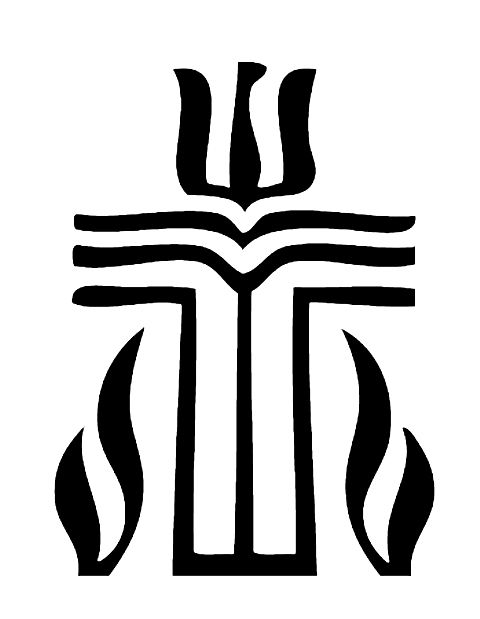The History of Victoria Presbyterian Church
Our Story: A Legacy of Faith and Community
Victoria Presbyterian Church (VPC) has been a beacon of faith in Riverside for over a century, with a rich history that began in December 1904. At that time, Riverside was still a growing town, and the Presbytery saw the need for a new church to serve the expanding community. Rev. W.W. Logan of First Presbyterian Church of Los Angeles announced the formation of what would become VPC, marking a pivotal moment in the city’s spiritual life.
The congregation, originally known as First United Presbyterian Church, first worshiped in the Swedish Lutheran Church at 11th and Orange Streets in downtown Riverside. In 1906, the Presbytery purchased land nearby and built a new church, dedicated on October 7, 1906. As Riverside thrived, so did the church—by 1911, membership had grown to 99, reflecting the city's rapid population increase to 17,000.
Growth, Change, and a New Home
Under the leadership of Rev. Howard Jamieson (1915-1926) and later Rev. Robert Bingham (1957-1969), the church flourished. In 1957, the congregation sold its original property to Riverside County and moved to its current location at Victoria Avenue and Lincoln Street. The newly built church was dedicated on May 31, 1959, taking the name Victoria United Presbyterian Church—later shortened to Victoria Presbyterian Church USA following a denominational merger.
As Riverside expanded in the 1960s and ‘70s, particularly due to the presence of March Air Force Base, VPC continued to grow. Membership surged, leading to the addition of an education building and multiple worship services to accommodate the large congregation.
Challenges and Renewal
The 1980s and 1990s brought changes as national trends saw mainline churches shrinking, a shift that was intensified in Riverside by the closure of March Air Force Base. This had a lasting impact on VPC, leading to a decline in membership.
Despite these challenges, VPC remained steadfast in its mission. In 2021, the church celebrated its 115th anniversary under the leadership of Rev. Nancy Pat Richardson. Following her retirement in 2022, transitional co-pastors Rev. Sally Willis-Watkins and Rev. Dr. Jon L. Berquist stepped in to guide the church into a new season.
Looking Ahead with Faith
While VPC’s membership is small, its spirit is strong. Attendance remains steady, with many faithful regulars who find a home in our warm and welcoming congregation. Our core members are united in prayer and committed to sharing God’s love with the community. We believe God is guiding us toward a future filled with hope, renewal, and continued service to Riverside.
We invite you to be part of our journey—come worship with us, connect with our community, and experience the love and faith that have defined Victoria Presbyterian Church for generations.
